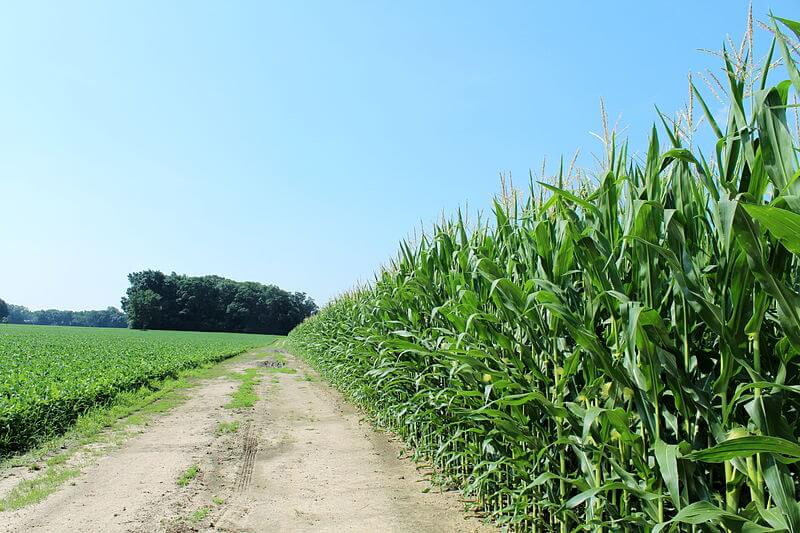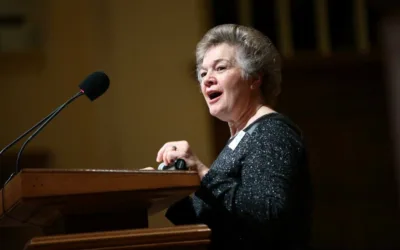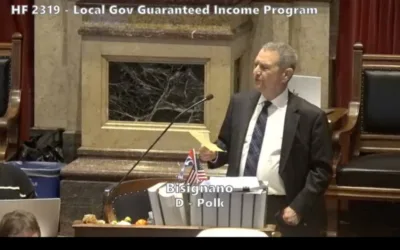
Don Avenson once told me, “The next election won’t be much different from when I was speaker. Democrats will win the urban seats. Republicans will win the suburban seats. A majority will be made in the rural seats.”
There is still some truth to this but we are seeing a shift which should be troubling for small town Democrats and small city and suburban Republicans. In Iowa House of Representatives races, Democrats have consolidated their hold over urban districts. Democrats are more of a threat in historically Republican suburban seats. But most concerning, Democrats are struggling to maintain a toehold in rural districts and struggling to be competitive in all types of races on a consistent basis in rural Iowa.
As bad as 2014 was for Democrats in Iowa, it still left the Iowa House Democrats with 43 seats. For comparison, in 1998 Iowa elected Tom Vilsack and 44 Democrats to the Iowa House. Elections seen to be both good and terrible Democratic years have produced a Republican Iowa House majority with 56 or 57 seats – what Former House Speaker Ron Corbett once referred to as the natural Republican majority. As both 1998 and 2014 produced similar results and were both mid-term elections, we can use them to take a look at the shifting strengths and weaknesses of the parties.
First, though, I want to make a couple of disclaimers/explanations. I am designating districts as “rural,” “suburban,” or “urban” but that is my creation and reasonable minds could disagree. Some districts do defy easy designation with one of those three labels. However, as an example I classify Helen Miller’s district as urban because even though it includes small towns and rural parts of Webster County, most of the district is Fort Dodge. The same logic applies to Dan Kelley and Newton. Also, I am not attempting to analyze Iowa Senate districts because they are twice the size of House districts and thus more difficult to legitimately label as rural, suburban or urban. Finally, analysis using House districts is not just for its own sake but also tells us a lot about the shifting patterns in voting and new challenges for any statewide candidate.
Looking back at the 1998 House Democratic and Republican caucuses, it is striking that 15 of the 44 House Democrats represented rural districts and 10 of the 56 House Republican represented districts I designate as urban and not suburban. After the 2014 elections, I find only 6 of the 43 House Democrats representing rural districts and 3 of the 57 House Republicans representing urban districts (Carlson, Hanusa, Jorgensen). Republicans used to win seats in Cedar Rapids or Davenport that they do not win anymore. Conversely, of the 6 Democratic rural seats, Charles City is the westernmost residence of a rural House Democrat.
In looking at suburban seats, the numbers happen to be about the same right now as after 1998. After 1998, I count 4 Democratic and 11 Republican suburban seats. Now, I count 5 Democratic and 11 Republican suburban seats. Remember, though, 1998 was supposed to be a good Democratic year. A good Democratic year like 2006 produced 7 suburban Democrats and 8 suburban Republicans; 2012 produced 7 suburban Democrats and 9 suburban Republicans. Democrats are now holding seats in Bettendorf and Urbandale that probably would have been shocking in 1998. Republican seats in West Des Moines and Clive either are very vulnerable or will become very vulnerable if their incumbents choose not to seek re-election.
Then there is the rest of the story. I should confess the bias in my concern here as a small town Democrat who has represented a district of small towns. After 2010, we thought that was the low water mark for Iowa Democrats. It was in several respects: only 40 House Democrats against 43 after 2014; Culver lost by 10 points against Braley’s loss by 8.5 points. On the other hand, out of 48 rural districts, House Democrats managed to win 8 in 2010, marginally better than winning 6 in 2014.
This is how 2014 was worse for rural Iowa Democrats: in Benton County Culver lost to Branstad by 14 (Culver -14), Braley lost to Ernst by 19 (Braley -19); in Buchanan County, Culver -1 and Braley -5; in Davis County, Culver -16 and Braley -23; in Delaware County, Culver -14 and Braley -21; in Hamilton County, Culver -15 and Braley -23; in Mills County, Culver -30 and Braley -39. These are the types of changes we were seeing in rural Iowa even as Braley came 1.5 points closer to winning than Culver in 2010.
On the other hand, Braley outperformed Culver in numerous urban counties. Branstad actually beat Culver in Polk County, but Braley managed to beat Ernst by over 4 points – a swing of 4.5 points. Other examples include: in Linn County, Culver +4 and Braley +6; in Johnson County, Culver +26 and Braley +33; in Scott County, Culver -5 and Braley -2; in Cerro Gordo County, Culver -1 and Braley +7.
There are obviously considerations unique to each year. There is no question that Joni Ernst strikes Iowans as legitimately being from Red Oak (or Stanton); Braley did not seem to be as closely connected to his hometown of Brooklyn. Branstad and Culver did not present as clear of a rural-urban contrast. Also, Braley may have been expected to perform better in the Cedar Rapids and Davenport media markets which served his congressional district – and he did in the urban counties within those districts. Look at Buchanan, Clayton, Delaware and Jones Counties, though. Braley had represented all of these counties since winning in 2006. Braley’s margin of defeat was 3 to 7 points larger than Culver’s 2010 margin of defeat in all of these counties. Even if one attributes this as primarily due to a folksy appeal of Joni Ernst, we still have a real problem.
As I mentioned after 1998, I count 15 House Democrats and 34 House Republicans out of 49 rural House districts. After 2002, I count 11 House Democrats and 37 House Republicans out of 48 rural seats. After the Republican tsunami of 2010, I count 8 House Democrats and 40 House Republicans. After the last election, I count 6 House Democrats and 39 House Republicans out of 45 rural seats.
The trend is clear. Iowa Democrats need more candidates from small towns and a better message for rural Iowa. It is probably not enough to recruit high-quality small town community leaders to run in legislative districts without having some higher-profile candidates who also appear to be from small towns. Tom Vilsack, a former Mount Pleasant mayor, brought something to voters that Chet Culver and Bruce Braley did not. There are still opportunities to win more than 6 rural house districts and receive more than 32% of the vote in Mills County. In order to craft a House majority and win statewide in mid-term elections we have to make and take advantage of these opportunities.
by Nate Willems
Posted 6/9/15

Big corporations are suing to block Biden’s efforts to lower costs
From the cost of medication to education to everyday expenses, the Biden administration has passed several laws and implemented many federal rules...

Iowa Republicans make outlawing gay marriage key 2024 campaign priority
Iowa Republicans have made outlawing gay marriage a key goal in their 2024 party platform. During the Iowa GOP’s 2024 state convention on Saturday,...

Department of Justice says Iowa immigration law violates US Constitution
If Iowa doesn’t suspend the enforcement of its new immigration law by May 7, the state could face a federal lawsuit, according to the Des Moines...

Rushing: Iowa State president said the quiet part out loud
I want to thank Iowa State University President Wendy Wintersteen for doing us all a favor by finally saying the quiet part out loud: all the...

Iowa sets aside almost $180 million for year two of voucher program
Iowa has committed nearly $180 million in taxpayer funds to support private school tuition in the 2024-25 school year, which is almost $50 million...

Kalbach: Immediate action needed on corporate ag pollution
Iowa agriculture has undergone substantial changes over the past 40 years. We see it all around us. Rather than crops and livestock being raised on...




